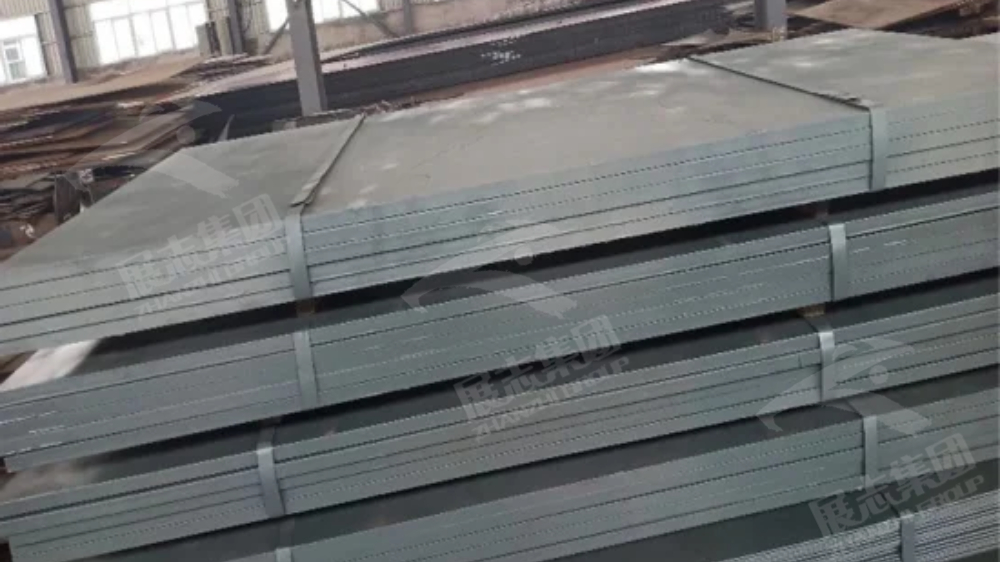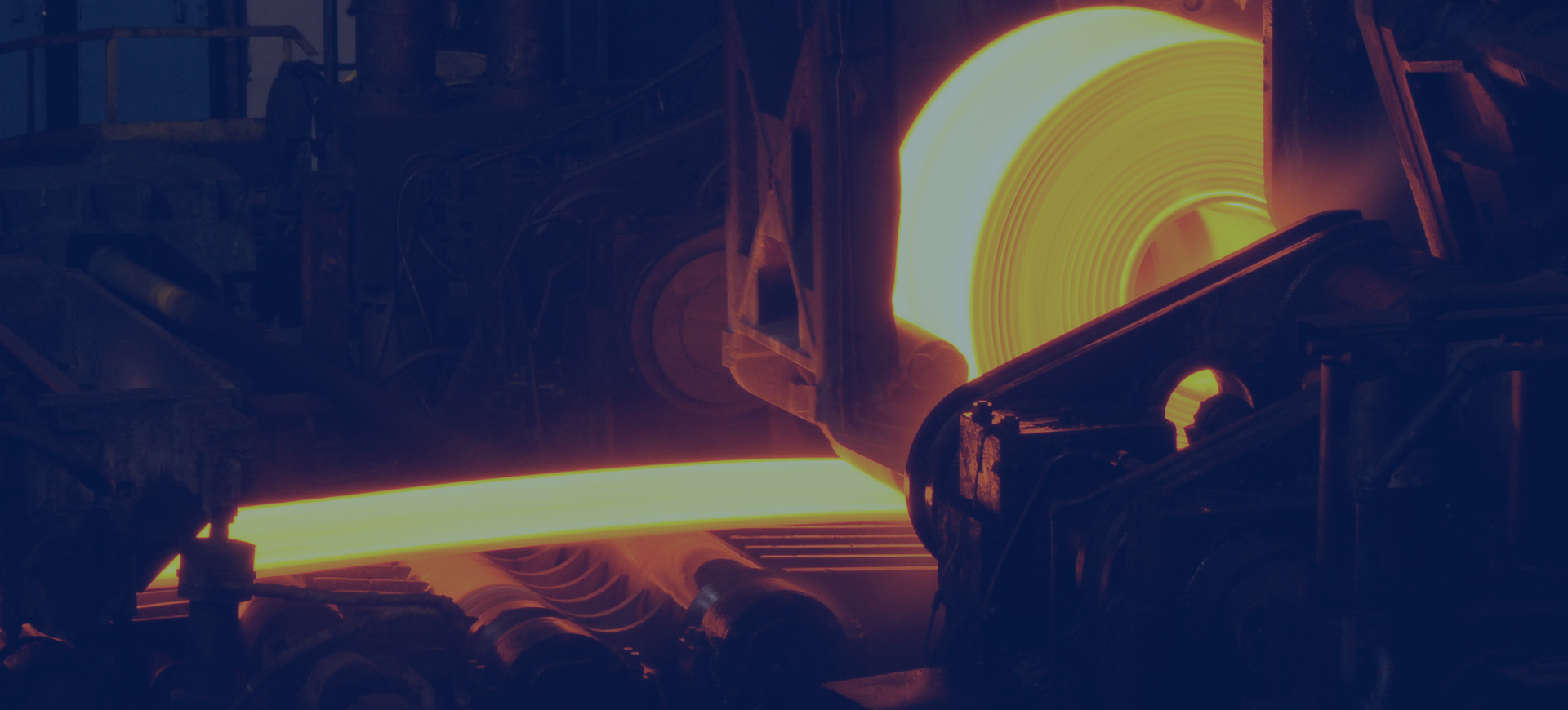What is the manufacturing process and production process of high-strength steel?
Since its introduction in 2005, high strength carbon steel has received widespread attention in the field of aerospace technology. This steel is known for its exceptional strength and durability, making it ideal for a variety of applications. To fully grasp the concept of steel plate strength, one must understand its manufacturing process and production processes.
High strength metal are classified primarily based on their strength and strengthening mechanisms. Currently, products on the market include low-alloy ultra-high-strength steel, high-alloy ultra-high-strength steel, ultra-high-strength bulletproof steel plates, maraging steel, etc. Each of these products has unique properties that enhance their suitability in different industries and applications.
The manufacturing process of hss high strength steel involves several key steps. First of all, the selection of raw materials is crucial. For high-strength carbon steel, high-quality iron ore and carbon-rich materials are selected to ensure the required strength level. These raw materials are then carefully processed and combined to form a homogeneous mixture.
After the raw materials are prepared, they go through a series of molding and molding processes. One common method is through casting, where the molten mixture is poured into a mold to solidify and form into the desired shape. Alternatively, high strength sheet metal can be manufactured using rolling technology, where the material is passed through multiple rollers to achieve the desired thickness and strength.
After initial forming, the high-strength steel undergoes a heat treatment process to enhance its mechanical properties. This usually involves heating the material to a specific temperature and then cooling it quickly to create the desired structure and strength. This process, called quenching and tempering, helps improve the steel’s hardness, toughness, and wear resistance.
In addition, hsla steel plate usually undergo additional strengthening processes, such as cold working or hot rolling, to refine their microstructure and improve their strength. These processes give the steel a finer grain structure, reducing the risk of defects and increasing its overall strength.

As with any manufacturing process, quality control is critical in the production of high-strength steel. Advanced techniques such as non-destructive testing and microscopy are utilized to ensure the final product meets required specifications and standards.
In summary, the manufacturing process and production process of high-strength steel involves various stages from the selection of raw materials to forming, heat treatment and additional strengthening processes. Combined with advances in technology and quality control, these processes produce high-quality steel with exceptional strength and durability. The continued development of high-strength steel helps industries advance and meet the demand for stronger, more efficient materials.
Post time: Nov-15-2023








